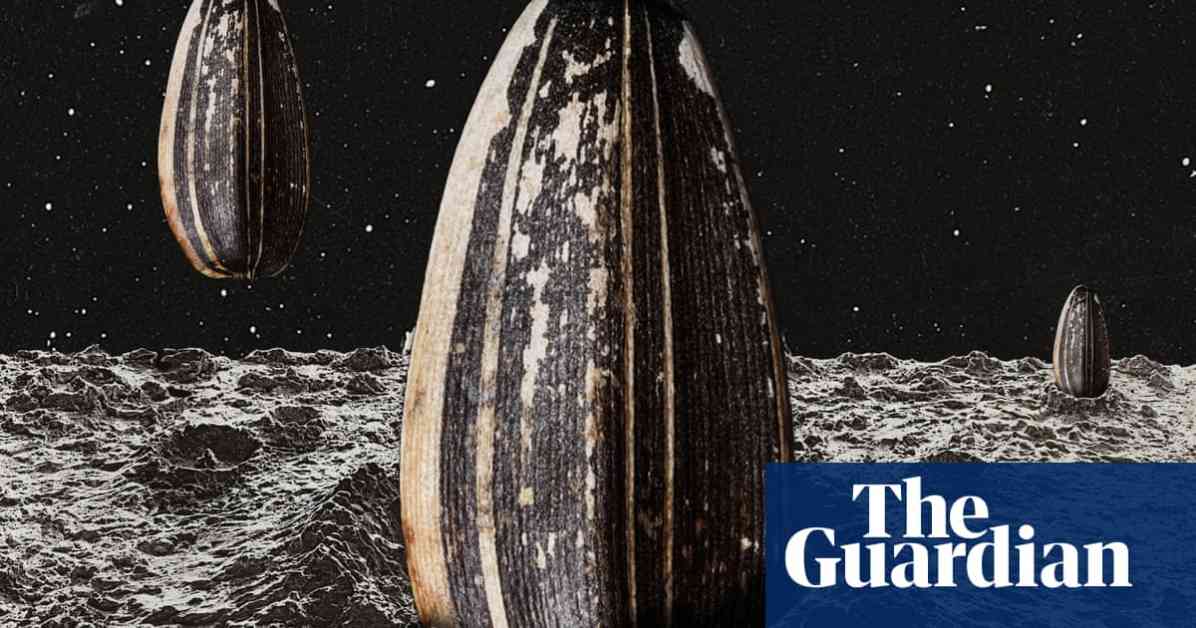Scientists are concerned about the thousands of species facing extinction due to threats like climate change and habitat loss. To address this urgent issue, an international team of experts has proposed a radical plan: creating a vault on the moon to store preserved samples of Earth’s most important and at-risk creatures.
This lunar biorepository would house preserved cells containing crucial DNA that could be used to enhance genetic diversity in small populations of critically endangered species or even clone new individuals in the event of extinction. While the concept of a repository for biological samples is not new, recent events have shown that even existing facilities like the Svalbard global seed vault in Norway are not completely immune to disasters caused by climate breakdown.
Dr. Mary Hagedorn, the lead author of the proposal, emphasized the need for a secure and passive biorepository to safeguard Earth’s biodiversity. The proposed lunar biorepository would be located in deep craters near the moon’s polar regions, where samples could remain frozen year-round at ultra-low temperatures without the need for human intervention or energy sources.
In order for cloning to be a viable option, cells must be kept alive, which requires proper preservation techniques. Dr. Beth Shapiro, a professor of ecology and evolutionary biology, emphasized the importance of collecting and storing tissue samples in a way that ensures cell viability for potential cloning efforts.
While establishing a lunar biorepository presents numerous challenges, the main focus is not on biology, as cryopreservation techniques have already been successfully used to preserve living cells from certain species. The repository would prioritize species with critical roles in their ecosystems, and careful selection could allow for the re-establishment of extinct populations on Earth or even the terraforming of other planets.
Dr. Hagedorn believes that while the proposal may take decades to come to fruition, it is an essential step in protecting biodiversity. Critics may argue that efforts should be focused on preserving species before they reach the brink of extinction, but Hagedorn stresses the importance of pursuing multiple strategies simultaneously.
The next steps in the development of the lunar biorepository include designing packaging for cryopreserved samples that can withstand space conditions and figuring out the logistics of transporting samples to the moon. With the possibility of more frequent space travel in the near future, delivering cryopreserved samples to the moon could become a reality.
While the idea of a lunar biorepository may sound like science fiction, the scientists behind the proposal hope that their paper will spark excitement, generate new ideas, and attract international partners to collaborate on this ambitious project. The extreme actions necessary to protect biodiversity may be controversial, but they are seen as essential in the face of growing threats to Earth’s ecosystems.

